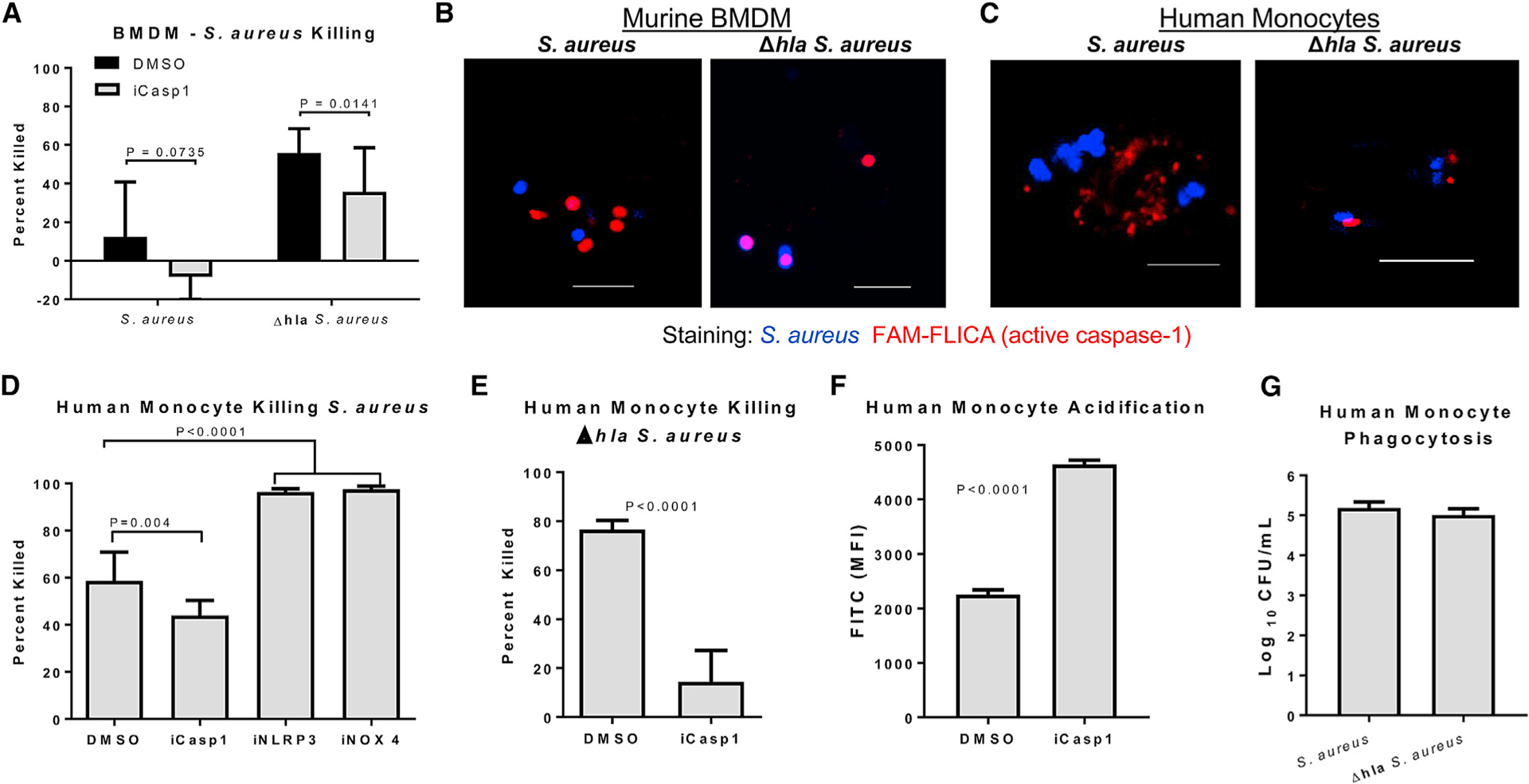Figure 2. Caspase-1 Is Required for the Killing of S. aureus.

(A) Percentage of WT or Δhla S. aureus killed following 1-hr incubation with BMDMs (MOI 1) following treatment with caspase-1 inhibitor or DMSO.
(B) Confocal images of active caspase-1 (FAM-FLICA, red) and WT or Δhla S. aureus(blue) withinlive BMDMs following 1-hr incubation with the bacteria. Scale bar, 5 mm.
(C) Confocal images of active caspase-1 (FAM-FLICA, red) and WT or Δhla S. aureus (blue) within live primary human monocytes following 1-hr incubation with the bacteria. Scale bar, 5 mm.
(D) Percentage of S. aureus killed following 1-hr incubation (MOI 1) with primary human monocytes treated with caspase-1 inhibitor, MCC950 (iNLRP3), GKT127831 (iNOX4), or DMSO.
(E) Percentage of Δhla S. aureus killed following 1-hr incubation (MOI 1) with primary human monocytes treated with caspase-1 inhibitor or DMSO.
(F) Fluorescence-activated cell sorting (FACS) analysis of acidification of the bacterial microenvironment in primary human monocytes treated with caspase-1 inhibitor or DMSO and infected with Δhla S. aureus.
(G) Numbers of S. aureus phagocytosed by human monocytes over a 1-hr incubation period.
Statistical significance was determined by Mann-Whitney test or (D) ANOVA followed by Dunn’s test. All data are representative of 3 independent experiments. (A and D–G) n ≥ 4 replicates per group. Data presented as mean ± SD.
